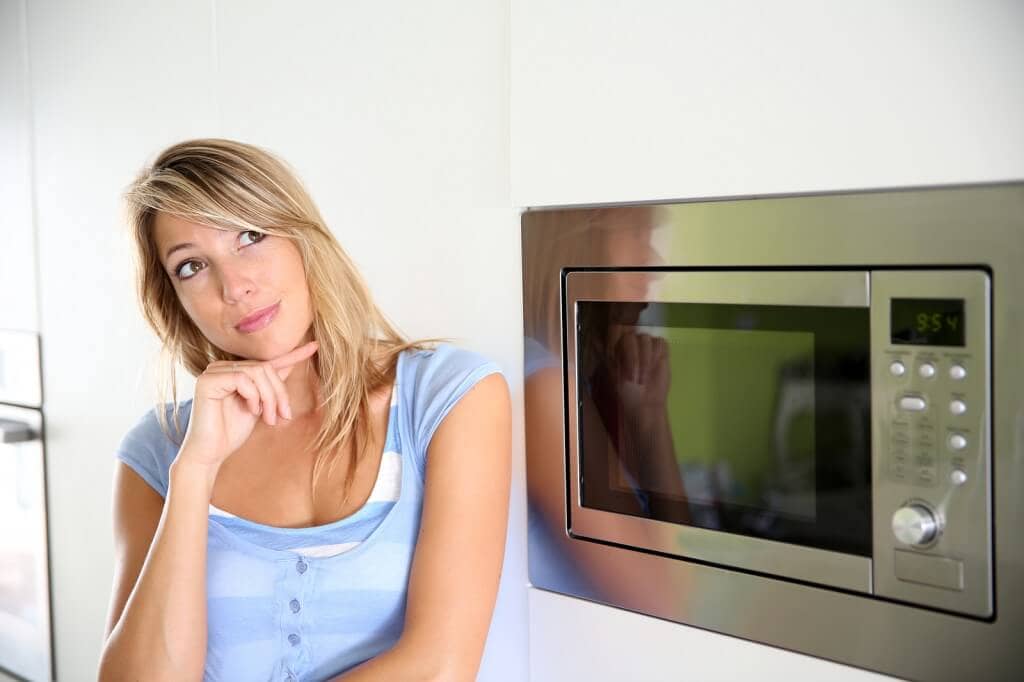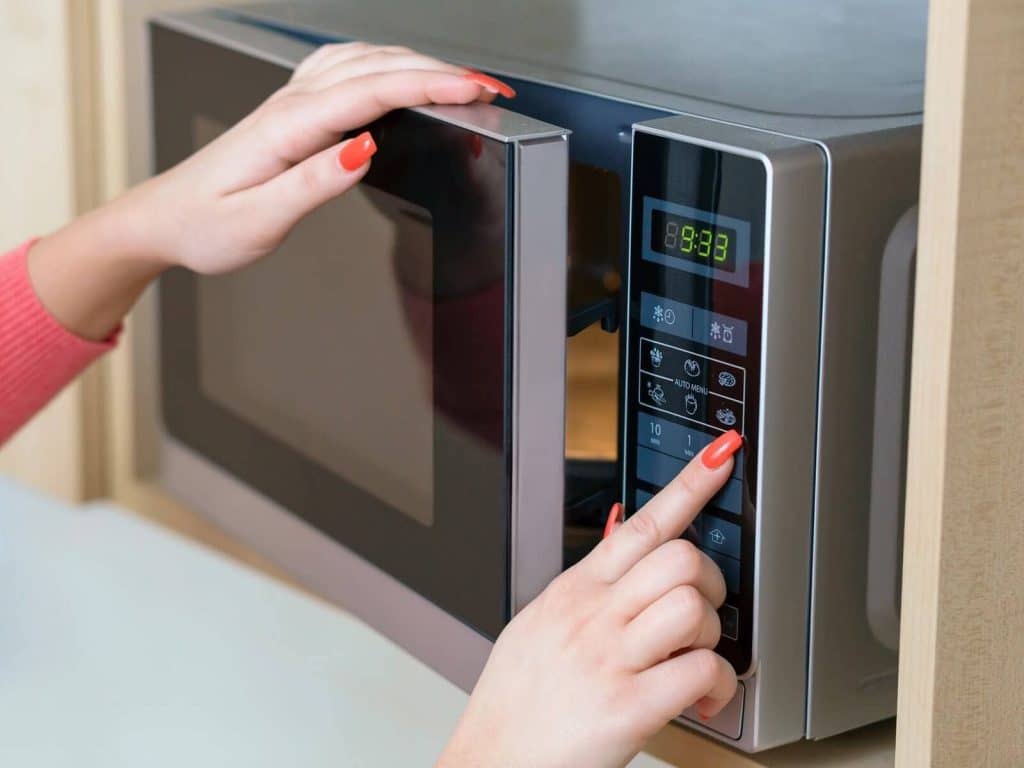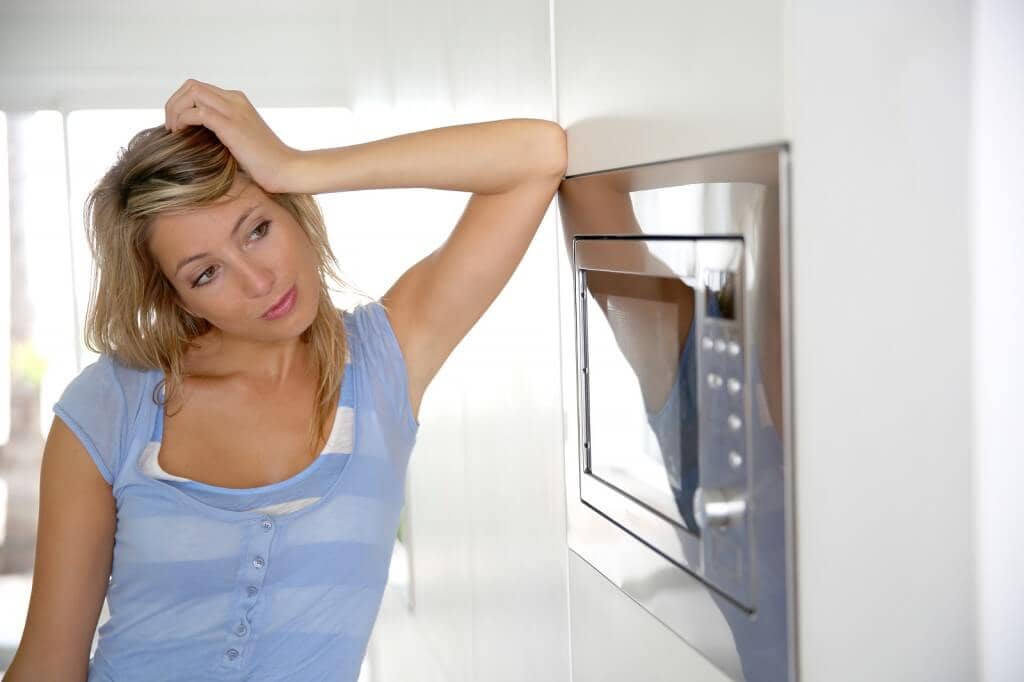Reasons Why You Should Not Use The Microwave
The microwave oven is one of those inventions that can be found in almost every home. It has tremendous advantages over conventional cooking, and we all know about them: it is much faster, less messy, more comfortable… however, the downsides to microwave cooking are not so well known. Let’s find out about them.
The Science
The radiation that a microwave uses is non-ionizing, the kind of radiation that does not tear apart molecules and atoms, unlike gamma rays and X-rays. As a result of this, this radiation is not dangerous for the human body. In spite of that, microwave ovens must meet safety requirements because the overheating caused by the microwaves, if they are on high levels, is dangerous.

2.45 gigahertz is the frequency emited on the food by most microwave ovens. Water absorbs a very significant part of the energy rays in the process of electric heating. Water molecules then start to alternate directions rapidly because water molecules are polar. At the same time, an alternating electric field keeps passing through them. This rotation, we believe, is the reason for the increase in temperature that food experiences.
Health Factors
The fundamental question is: how effective is the microwave radiation outside of the microwave oven? There is a lot of debate about this question, specially when taking into account that this type of radiation may hurt the human body.
The microwave oven that we typically have in our house can be considered safe, says Mark Sisson. It does emit radiations, but thanks to the regulations put in place regarding the safe amount of radiation dose, we are safe. Any regular microwave oven emits, in a normal day of use, about 5 milliwatts per square meter.

The dose recommended by the International radiation protection Association is 0.0001 milliwatt per square meter, in a period of six minutes. Therefore you have no reason to worry if you do not use your microwave oven too often. On top of that, and since radiation decreases rapidly as distance increases, if you keep a good distance between you and your microwave oven, you greatly reduce your exposure to the radiation. One of the security regulation is that the microwave should not be able to operate while the door is open; the main system must be controlled by a system included in the oven, too.
There have been reports of people dying because the blood that they received had been heated in a microwave oven, and of babies getting sick because the breast milk they drank was heated in a microwave oven.
The reason for this is that microwaves are able to ruin the agents that protect from diseases that breast milk contain. It destroys antibodies and the Lysozyme loses activity.
Most of us have also heard that plastic containers and microwave ovens do not mix. The reason for this is that these plastic can release high doses of toxic chemicals such as bisphenol-A. According to an article published in the Milwaukee Journal Sentinel, the doses released of these chemicals are high enough to produce developmental and neurological problems. This is why it is preferable to use glass or ceramic bowls.
Nutritional value
On top of that, there is evidence about the loss of nutrition value that is lost when the food is cooked in a microwave oven. Cooking, in general, weakens your food’s nutritional value, and apparently the smallest loss the one that is produced by cooking with low heat. The fastest the food is cooked, the more nutritional value is lost – and since microwaving food is probably the fastest way of cooking that most people use, it is also the one that produces the highest loss in nutritional value.

The vitamins were withdrawn from the asparagus after microwaving it, according to a 1999 Swedish study.
An enzyme that protects against cancer was deactivated by the microwaves in several studies conducted on garlic.
97% of the antioxidant found in broccoli will disappear if it is cooked in a microwave oven, according to an article published by the Journal of Science of Food and Agriculture in November of 2003. This same article states that only 11% of that antioxidant is lost in steamed broccoli.
Conventional heating causes less protein degradation than microwave cooking, according to an Australian study.
White blood cells and hemoglobin were found is reduced quantities in mice after they were fed food that had been microwave cooked, according to a Swiss scientist.
Microwave cooking has advantages, such as how comfortable and fast it is to use; however, it also has some downsides, as it takes some of the taste of your food, destroys part of the nutritional value. Harmful radiations may be a concern, too.
Alternatively, you could use a conventional oven, steamed warming, tile bowls…

